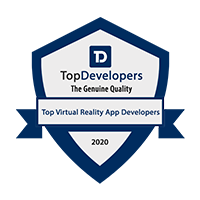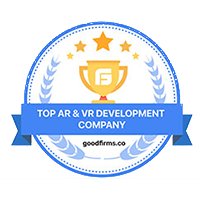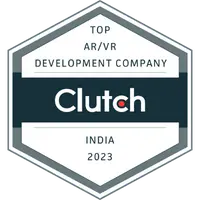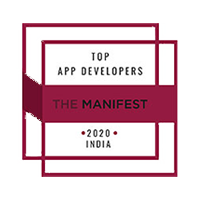Making a mobile App is no mystery in today’s time however making a successful mobile App is a process that involves quite an extensive pre-planning. There has been a meteoric rise in the App market in the past few years with millions of Apps in the two prominent App stores.
In such a case when the competition is so huge, don’t you think that you should be really thorough with the basic concepts of App building?
Also, you have to really make it stand out in function, in its use, and in its design to attract the consumer’s attention. And to achieve all this you have to get it right the very first time. Since it is so important for an App to be spot-on the first time hence it is necessary for developers to follow a step-by-step process to build an App.
At Queppelin we build a mobile App for you in eight different phases and each phase has a number of steps, involved. This process of building an App following a detailed one-step-at-a-time approach is called Mobile App Development Lifecycle.
To understand it further – Mobile App Development Lifecycle is just a representation of the conventional Software Development Lifecycle (SDLC) but from the perspective of a mobile device. So without further ado let us have a look at the eight phases of the Mobile Application Development cycle.
Phase 1: Pre-planning and research
The first phase is the most important one because it is during this phase that you lay down the necessary groundwork for what is to follow next. During this step, it is very important to do substantial research and brainstorming before moving on to the next phase. You need to do the homework and have answers to questions like – What is the main aim of this App? Who is the target audience? Which platform should you target first? Is the App going to be free or paid?
Once you have the answer to all these questions then you clearly know how much time it will take for you to develop the App. Another thing that is a must in this phase is the analysis of the competition. Do a detailed study of your competitor’s App to see what features they are offering. Try to figure out the features which are absent in their App so that you can include them in your App, to make them stand out.
Once you have all this information then the next thing you need to do is to lay down the cost and the time for App development.
Phase 2: Mental Prototyping
Once you are done with the research and have laid down the costs involved then the next phase involves preparing a detailed scope of work. You need to do mental prototyping of your App and draw your ideas in the form of sketches on a whiteboard. This will be the first visual representation of the ideas that you collected in Phase 1 and it will help you uncover usability issues.
Another thing that needs to do in this phase is to take the feedback of relevant people to get a perspective of what they think about your idea. Discussing it with them will help you figure out the loopholes and allow you to look for a solution to tackle with them.
Phase 3: Assessment of Technical feasibility
Having an understanding of the visuals is not enough because you need to analyze whether the back-end systems will support the App’s functionality or not. To understand if the idea of your App is technically feasible you need to get access to public data by simply sourcing public APIs. You also need to determine which platform you are building your App for, first. Building an App shall have different requirements depending upon its platform (Android/iOS) as well as its format (tablet/smartphone).
Phase 4: Building a prototype
You cannot define the touch experience until and unless you actually touch the App and see how it works and flows. In order for that to happen, you must build a prototype and get the experience of the App into the user’s hand as soon as possible. This will help you see if things are going in the right direction. In this phase, you can use rough and not exhaustive wireframes. Including the stakeholders in this process and allowing them to touch the prototype shall help you take their feedback and implement it into your work.
Phase 5: Designing and development of App
Before moving to code you must design your App. A User Experience designer can create the interaction architecture of the design elements while a User Interface designer can create the look and feel of your App. This in itself is a multi-step process and the end result is visual directions and blueprints which give envision of the final product. It also informs you on how an interaction should feel, move and flow.
Phase 6: Building the App using Agile methodologies
Once the design is ready then it is time for you to build the App. Agile methodology is the best approach for mobile application development as it allows you to make changes, add new features and keep evolving with the changing trends.
Phase 7: Testing the Mobile App
Congratulations on building your Mobile App. For Phase 7 you need to get some target users to help you test the App.
UAT Testing: For user experience testing you need to put your App in the hands of the users you are targeting and once it passes the UAT test you know that the solution which you are providing actually works.
Beta Testing: Make your App available for the beta trial by allowing open participation of people to test it. The feedback from these beta users will help you determine if your App’s functions work well in the real-world environment.
Phase 8: The Launch
Once Phase 7 is successful, your App is complete and is ready to be submitted to the App stores for approval.
However, this is not the end as every App requires regular updates and new features to be added to it during the mobile application development lifecycle. The development cycle begins once again as soon as the first version of the App is launched.
Are you also looking for developing an App for your business? If so then contact Queppelin today to have your App built up by the comprehensive methodologies discussed above.








